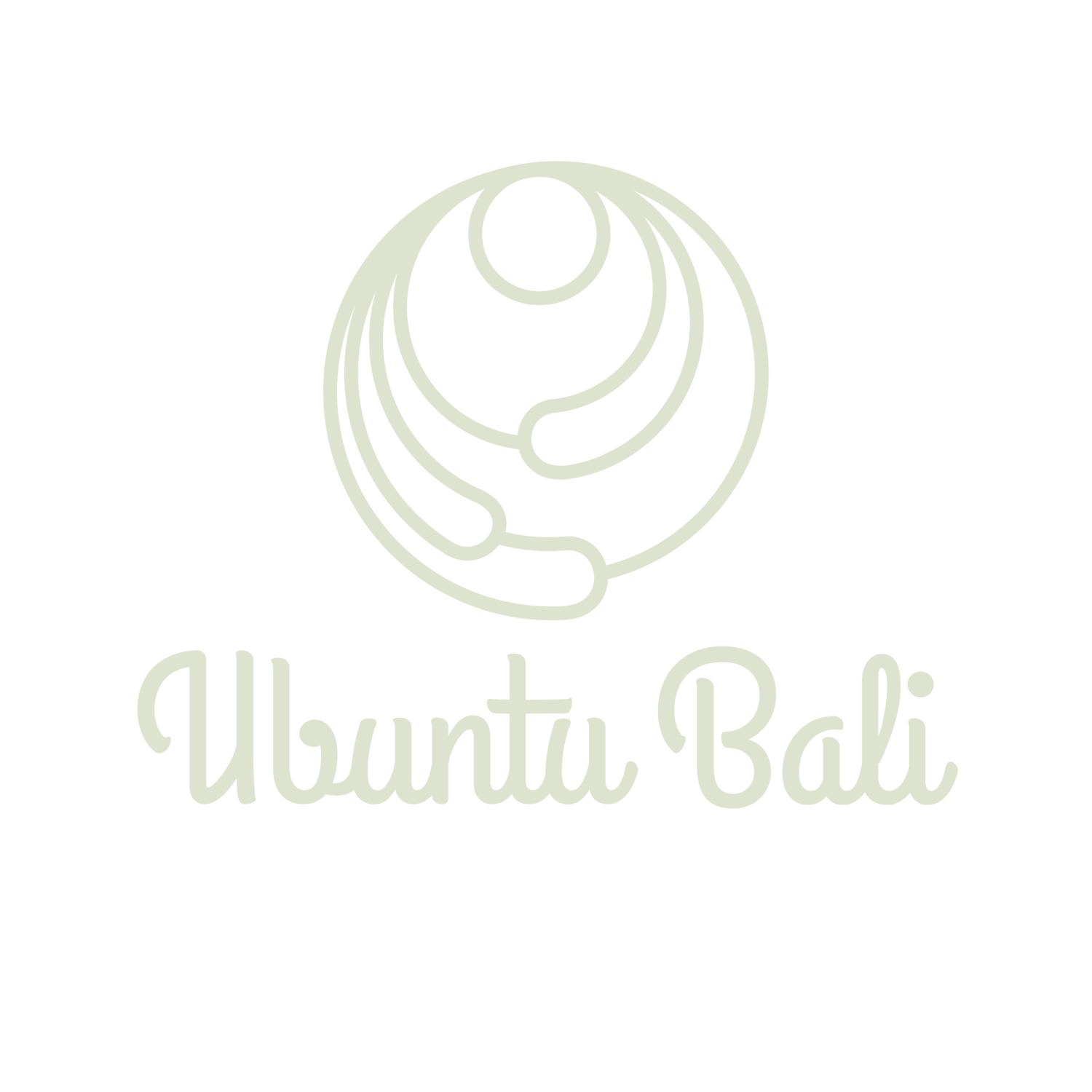Dance as a Gateway to Emotional Expression: Where Traditional Wisdom Meets Modern Movement
In the rich tapestry of human expression, dance stands as one of our most profound tools for emotional release and self-discovery. Traditional Indonesian dance, with its deeply rooted connection to nature and spiritual practice, offers particularly powerful insights into how movement can become a gateway to emotional freedom and presence.
When we consider the relationship between movement and emotion, we find that traditional dance forms have long understood what modern psychology is now discovering: our bodies hold stories that words alone cannot tell. Indonesian dance traditions, with their intricate hand gestures (mudras) and grounded movements, create a physical vocabulary that speaks directly to our emotional core.
The ocean, with its constant rhythm and flow, provides a perfect metaphor for this journey into movement-based emotional expression. Just as waves maintain their fundamental rhythm while constantly changing form, traditional dance techniques offer a structured foundation that supports free emotional expression. This combination of structure and fluidity creates a safe container for exploring our inner landscapes.
Grounding, a fundamental principle in Indonesian dance, becomes particularly significant in our modern context. In a world where disconnection from our bodies has become commonplace, the simple act of conscious movement can re-establish our relationship with ourselves. Traditional dance techniques emphasize this connection through specific attention to foot placement, body alignment, and breath awareness.
The journey from technical movement to emotional expression follows a natural progression. It begins with learning to inhabit our bodies fully through traditional movement patterns. These patterns, refined over generations, contain inherent wisdom about how humans can move efficiently and expressively. As practitioners become comfortable with these foundational elements, they naturally begin to infuse them with personal meaning and emotional content.
This progression from technique to expression mirrors the ocean's layers - from the structured patterns of surface waves to the deep, flowing currents beneath. When dancers learn to move between these layers, they discover new possibilities for emotional release and expression. The combination of traditional techniques with contemporary approaches creates a unique space where ancient wisdom meets modern therapeutic understanding.
Particularly powerful is the practice of ocean-inspired improvisation, where dancers learn to embody both the power and fluidity of water. This approach helps release rigid movement patterns that often reflect emotional blockages. As dancers explore the quality of water in their bodies, they often find themselves naturally releasing stored tensions and emotions.
The integration of personal narrative into movement creates another dimension of healing. When we allow our stories to emerge through dance, we engage in a form of embodied storytelling that can be profoundly therapeutic. This process is enhanced by the collective experience of dancing in community, where individual expression contributes to a shared experience of connection and release.
Traditional Indonesian dance offers specific tools for this integration:
- Mudras (hand gestures) that connect us to ancient symbolic language
- Grounded movements that enhance our sense of stability and presence
- Rhythmic patterns that help regulate our nervous system
- Flowing sequences that encourage emotional release
- Community-based practices that foster connection and support
Modern dancers and movement therapists are increasingly recognizing the value of these traditional approaches, particularly when combined with contemporary understanding of emotional processing and somatic experience. This fusion creates powerful opportunities for both artistic expression and emotional healing.
The beauty of this approach lies in its accessibility - while the techniques may be sophisticated, the basic principle of moving with awareness is available to everyone. Whether through structured traditional movements or free-form ocean-inspired improvisation, dance offers a universal language for expressing and processing our emotional experiences.
In a world that increasingly recognizes the importance of embodied healing practices, this marriage of traditional dance wisdom with contemporary emotional awareness offers a timely and powerful pathway to wholeness. Through conscious movement, we can access deeper layers of our experience, release emotional blockages, and discover new ways of being present in our bodies and our lives.

